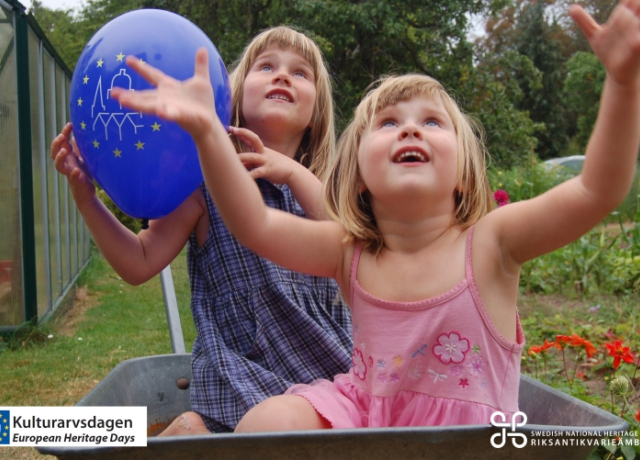Record Number of 30 Million Estimated Visits on 2015 European Heritage Days
Record Number of 30 Million Estimated Visits on 2015 European Heritage Days
In 2015, 34 countries celebrated Europe’s vast Industrial and Technical Heritage, organising over 70,000 estimated events with over 30 million estimated visits. Exploring the untapped potential of industrial heritage to contribute to our cultural, social and economic development and emphasizing its importance for education, enjoyment and social inclusion, last year’s European Heritage Days engaged a record number of organisers and institutions.
During the events that took place mainly between August and November 2015, organising institutions and individuals demonstrated a great degree of creativity and encouraged a high level of visitors’ engagement. Through a number of guided tours, exhibitions, educational workshops and music events, they managed to represent the 2015 theme in a relatable way, thus contributing to heritage promotion, conservation and enhancement.
Discovering the Shared Heritage Together
European Heritage Days take place in late summer and early autumn at various museums, galleries, schools, historic monuments and natural landmarks across Europe. Visitors are welcome to explore established cultural and historic sites for free, while also having access to places that are typically closed for public. In 2015, a number of such places was opened to offer a unique perspective on our shared history and culture and many of them could be discovered through European Heritage Days portal.
46 out of the total of 50 countries participating in the action are now visible on the portal, which has become a hub for tourists and local heritage explorers looking for pieces of information about the events near them. In 2015, the portal featured over 36,000 of events and saw a twentyfold increase in visits, which illustrates the growing interest for the festival. Additionally, European Heritage Days has been supported by numerous national ministries and local institutions, all of which jointly promoted the events with an aim to encourage more people to become active in heritage exploration and promotion.
Perceptions of European Heritage Days
With the growing popularity of the European Heritage Days events, it is clear that Europeans recognize the potential of cultural exploration and continue to be engaged in the events. In fact, this does not only help them rediscover their local history and culture, but also gather knowledge that improves their lifestyle.
Namely, in a survey carried out earlier in the United Kingdom, researchers found out that 85% of European Heritage Days visitors believe that the exploration of their local heritage helps them feel better about themselves. By being able to encounter their past traditions, Europeans can better understand their shared culture and appreciate the work of their ancestors, which is why European Heritage Days was found to be an important initiative by both event organisers and visitors across the continent.
Events in Spotlight
Most of the events held during European Heritage Days 2016 were designed to showcase a new angle on industrial and technical heritage of the specific region or community. While most of the events were reported as being highly successful, those that were most attractive to visitors include the Cultural Heritage Makers competition that took place in Finland and Sweden, events in Bristol and Oxford that had their best years ever, as well as those that inspired visitors to share their experiences on social media.
Local communities, organisations that supported the events and enthusiastic volunteers thus helped in making this a remarkable year for cultural heritage explorers. Together, the organising institutions, groups and individuals provided the visitors with invaluable resources that help in promoting our shared heritage and preserving it for future generations. This emphasizes the importance of European Heritage Days for the cultural life of citizens and promises a successful year ahead.
